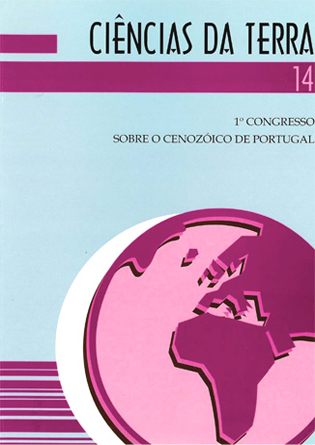La biochronologie des Mammifères néogènes d'Europe, L'échelle MN, son application à la succession des faunes du Portugal
Abstract
Key-words: MN Zonation; Neogene; Mammals; Biochronology; Eurasia. Similarly to other organisms, Vertebrates changed during the Cenozoic Era. Mammals are the only ones to change quickly; their well mineralised bones and teeth arc often fossilised. They are highly diverse and even isolated teeth can be identified. They are thus a good tool for establishing a biochronological framewoork. Among Mammals, Rodents with a short lifetime evolve more quickly than the large Mammals. ln Europe, the first elaborated zonation was investigated by the Regional Committee on Neogene Stratigraphy and issued as the MN Zonation (Mammals Neogene) by Mein, 1976. During the following years, progress in knowledge lead to new charts. The latest one resulted from collective work (de Bruijn et al., 1992). Biochronology gives relative data; if we desire to have numerical age estimates, we must correlate these results with radiometric data, marine biostratigraphical units or the Geomagnetic Polarity time scale. For Europe, these results are summarised by Steininger et al. (1989 - 1996) and Steininger (1999). After sorne recents developments on MN Zonation, here is discussed the succession of Neogene small mammals Portuguese localities. Fortunately these localities are in majority inbeded in marine context. Their assigment to MN Zones is proposed and correlations with the spanish Aragonian scale (Daams et al., 1999) are also suggested. ln fact, some differences appear between Portugal and Aragonian assemblages, probably for ecological reasons. Therefore, the MN zonation is always useful for short and long distance biochronological correlations.Downloads
Published
2009-06-09
Issue
Section
Articles






